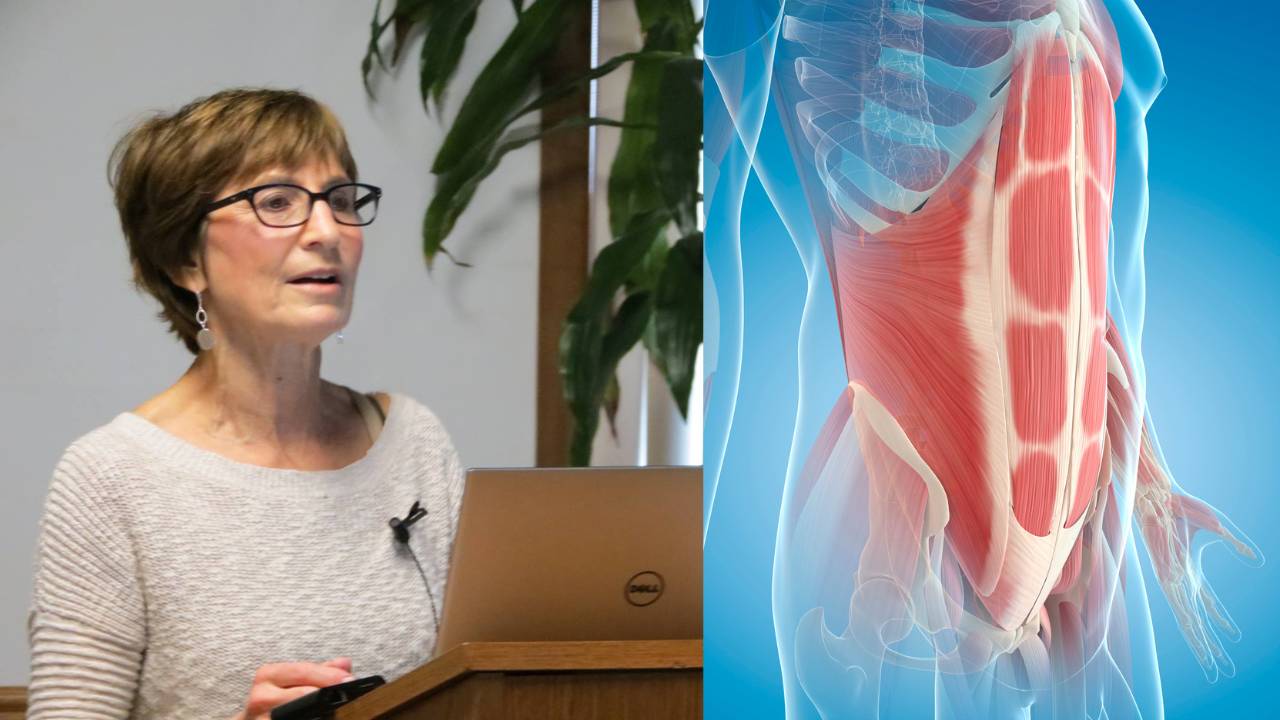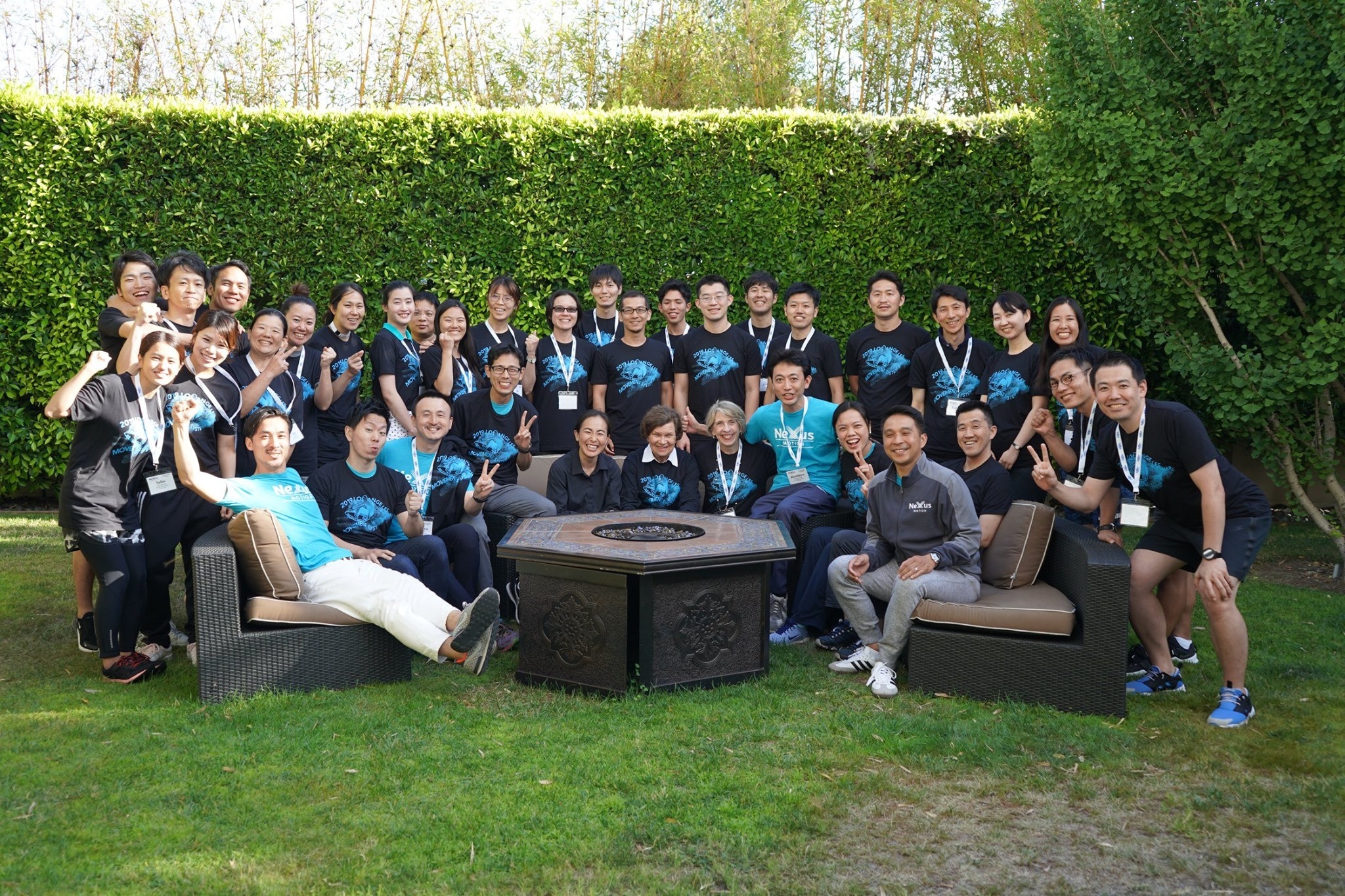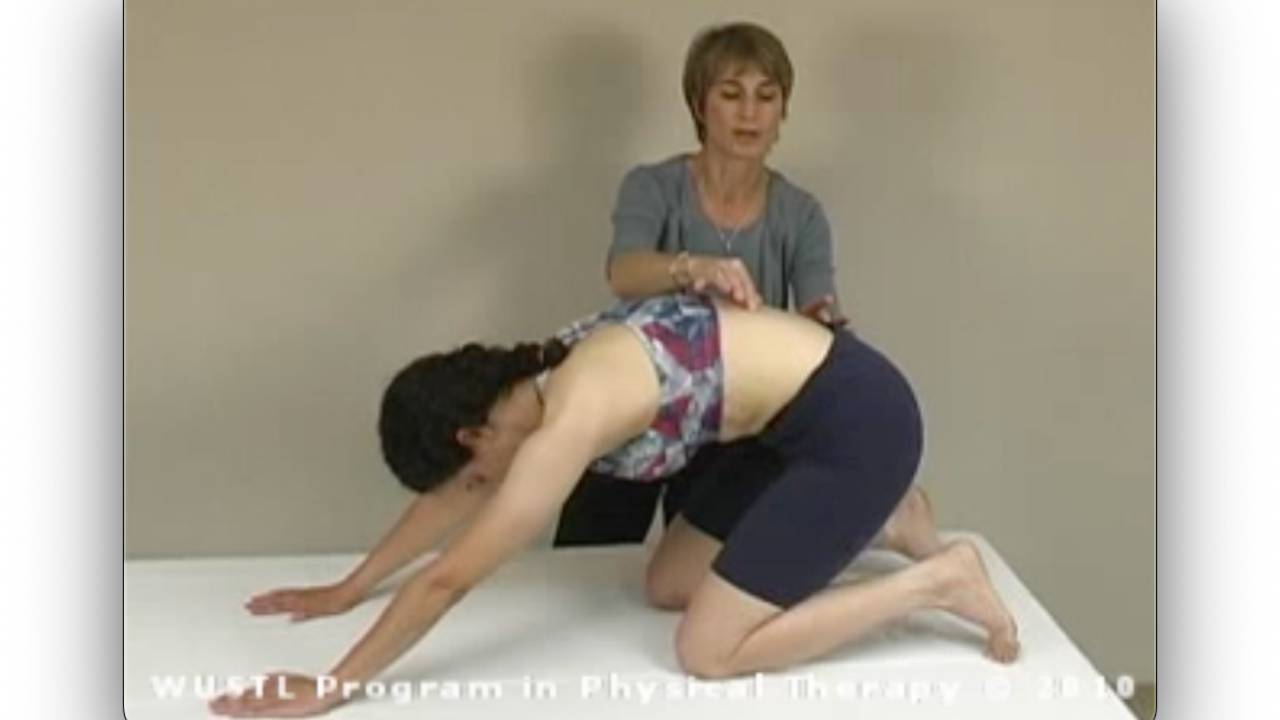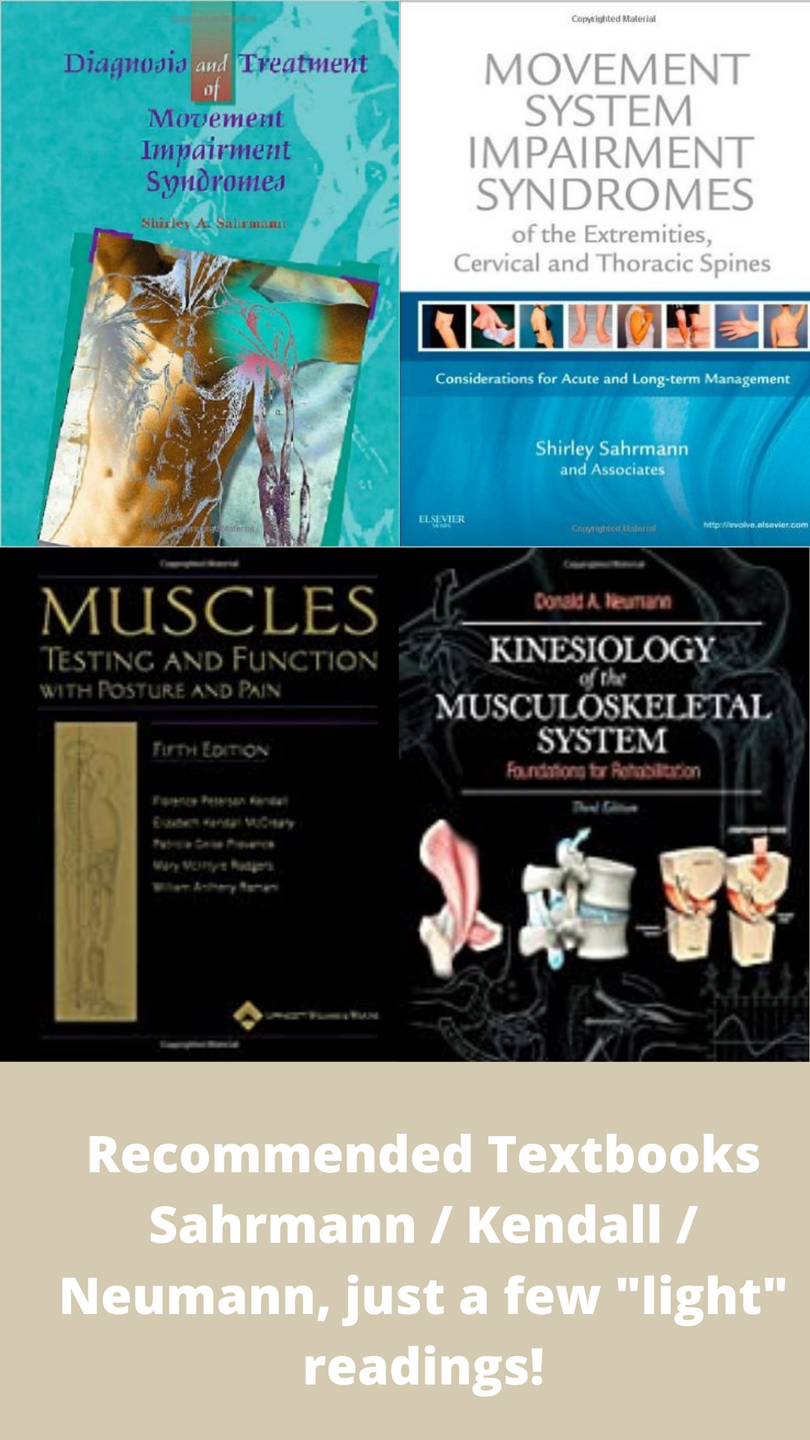Movement System Syndromes of the Lumbar Spine

00
DAYS
00
HOURS
00
MINS
00
SECS
June 21 ~ 22, 2025 from 9am-5pm central. Zoom Meeting
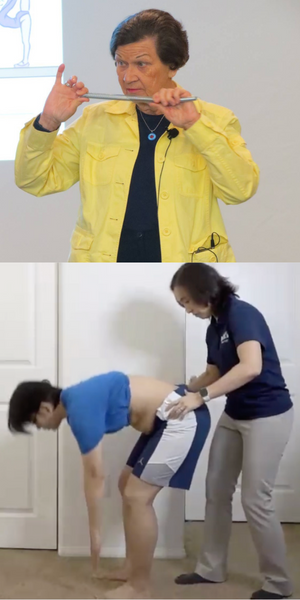
Become efficient with evaluating and treating your low back pain patients
The kinesiopathologic principles describe how alignment and movement patterns that are not optimal for that individual contribute to musculoskeletal pain. By participating in this virtual course, you will learn the details of Movement System Syndromes of the Lumbar Spine and understand the underlying conditions of patients with low back pain.
It is highly recommended that you study the materials covered in the Lower Quarter Foundation Webinars before you begin this course.
We will help you get in a habit of constantly asking the WHY questions. Movement System Syndromes of the Lumbar Spine virtual course will help you recognize various movement patterns amongst different low back pain patients. We will continue to refer to the basic concepts such as path of least resistance, joint relative flexibility, relative stiffness and tension of muscles, and motor learning.
Movement System Syndromes of the Lumbar Spine
Virtual Course (Zoom)
June 21 & 22, 2025
9am ~ 5pm both days, CENTRAL TIME
Recordings available until September 20, 2025. ALL ACCESS members have recording access until June 22, 2026 (1 year from the event).
You must take this course before attending the hybrid course in October 2025 (lumbar spine and lower extremities)
Live Virtual 2-day Course
Movement System Syndromes courses are specifically designed for physical therapists who want to take themselves to the next level, and become proficient in diagnosing the human movement system.
- 4 live demonstrations on subjects with low back pain.
- 14 hours of continuing education unit (CEU)
- Intimate learning with interactions in breakout rooms
- Mixture of lectures, live demos, and breakout rooms with ample time to answer your questions

Pre-Recorded Videos
Since this topic is so important, you are getting pre-recorded 1 hour lecture on the upper and lower abdominals before even attending the live virtual course in June!
World-Class Instructors
You are learning from physical therapists who have been developing the Movement System Syndromes for decades, and the instructors trusted by the core faculty. Live attendees will be able to interact with instructors in small breakout rooms to get guidance on movement analysis.
Back to the Basic
Why do people move the way they do? Body takes the path of least resistance. How? You will be able to integrate the kinesiopathologic concepts covered in Lower Quarter Foundation Webinars to patients with low back pain.

1st Step of Your Growth
Once you have an appreciation of the kinesiopathologic concepts, you will want to apply the principles to other body parts: not just low back patients but patients with lower quarter musculoskeletal pain problems. We will cover more topics in the October 2025 hybrid course!

Virtual Perks
Skip the airport hassle, and save time & money on travels / hotel / meals by joining us from the comfort of your home! And no one is blocking your view of the demonstration because everyone gets the front row seat!

Learn and Review
Recording access is the standard for continuing education these days. Even if you live in a completely different time zone, or can only participate short amount of time during the live course, you still have 90-day access to the entire event. Re-visit the videos after you apply your new knowledge to your patients!
Virtual Course Description
Dates: June 21~22, 2025
9am ~ 5pm central time both days
Download Course Schedule
The introductory course consists of lectures and related research about movement system syndromes of the lumbar spine. Participants will be required to have a basic understanding of the kinesiopathologic principles, as presented in the Lower Quarter Foundation Webinars. Specific syndromes of the lumbar spine will be described in the course lecture. The systematic examination for an individual with low back pain is available to study prior to the course in the pre-recorded videos, and the specific tests will be demonstrated with live subjects during the course. Systematic examination as well as the relationships of the specific test results to the diagnosis and treatment program will be described. The role of the hip as a contributing factor to lumbar spine dysfunction will be discussed. Participants will be able to interact with the presenters and participate in smaller breakout rooms to practice skills in examination and diagnosis.
Register for the CourseCourse Objectives:
After completing the course, participants will be able to:
- Describe the kinesiopathological model, concepts and principles of movement system syndromes.
- Describe the adaptations of muscle, nerve, and bone associated with repeated movements and sustained alignments.
- Describe the concepts of relative flexibility, relative stiffness / active and passive muscle tension, and motor learning as determinants of the path of least resistance which is associated with changes in precision of movement.
- Understand the importance of a systematic examination which includes specific movement tests and task analysis.
- Recognize provocative alignment and movement patterns of the lumbar spine.
- Identify the interaction of the hip and lumbar spine.
- Recognize movement system syndromes associated with painful conditions of the lumbar spine.
- Be able to identify the contributing factors to the lumbar spine movement system syndrome.
- Describe how the results of the examination guide the development of a treatment program with an emphasis on task performance.
Speakers Profile:
Nancy Bloom, PT, DPT, MSOT
Dr. Bloom is professor emerita of physical therapy and orthopaedic surgery at WashU Medicine Physical Therapy. She received both her master’s degree in occupational therapy and her clinical doctorate in physical therapy from WashU. Nancy has taught numerous continuing education courses on the topic of Diagnosis and Treatment of Movement System Syndromes and has made several national and international presentations.
Suzy Cornbleet, PT, DPT
Dr. Cornbleet is an Associate Professor of Physical Therapy and Orthopaedic Medicine at WashU Medicine. In 2015, Suzy received both the Missouri Physical Therapy Association “Outstanding Service Award for Education” and the Colorado University Physical Therapy “Alumni Achievement Award”. Her current clinical interests are in pediatric and adolescent hip and low back pain and general outpatient orthopedics. She now serves as a mentor in the clinical practice at the WashU Medicine PT Clinic. She was instrumental in the development of WashU’s Movement System Clinical Fellowship and served as a primary mentor.
Shirley Sahrmann, PT, PhD, FAPTA
Dr. Sahrmann is professor emerita of physical therapy at WashU Medicine Physical Therapy. She received her BS degree in physical therapy, masters and PhD in neurobiology from WashU, where she was a clinician and faculty member for 56 years. Her research interests were in disordered motor control and classification of musculoskeletal disorders. Dr. Sahrmann with her colleagues at WashU has been a major promotor of the movement system and the development of movement related diagnostic categories to direct physical therapy treatment which formed the basis of her published books. She has lectured extensively nationally and internationally.
Additional Instructors:
Carrie Hall, Blake Hinton, Robert Lind, Mary Kate McDonnell, Maiko Morotani, Andrew Piraino, Renee Roth, Tracy Spitznagle, Cameron Swick
Course Schedule (indicated in CENTRAL time)
Saturday June 21, 2025 (6.5 hours of learning)
|
Time |
Topic |
|
9am-9:30am
|
Question and Answer from Lower Quarter Foundation Webinars |
|
9:30am-10:30am |
Lumbar Movement System Syndromes Lecture |
|
10:30am-10:45am |
Break |
|
10:45am-12:15pm |
Live demonstration on a subject and demonstrate 2nd treatment session |
|
12:15pm-1:15pm |
Lunch |
|
1:15pm-2:30pm |
Alignment and trunk forward bending patterns. BREAKOUT ROOM |
|
2:30-2:45pm |
Break |
|
2:45-3:30pm |
Abdominals lecture (Suzy) |
|
3:30-5pm |
Live demonstration on a subject and demonstrate 2nd treatment session |
Sunday June 22, 2025 (6.5 hours of learning)
|
Time |
Topic |
|
9am-10:30am |
Hip and Back Interactions Lecture (Nancy) |
|
10:30-10:45am |
Break |
|
10:45am-12pm |
Interactive movement analysis. BREAKOUT ROOM |
|
12pm-1pm |
Lunch |
|
1pm-2:30pm |
Live demonstration on a subject and demonstrate 2nd treatment session |
|
2:30-2:45pm |
Break |
|
2:45-4:15pm |
Live demonstration on a subject and demonstrate 2nd treatment session |
|
4:15-5pm |
Q&A, clinical pearls |
Recommended Resources:
-
Diagnosis and Treatment of Movement Impairment Syndromes by Shirley Sahrmann
-
Muscles: Testing and Function, with Posture and Pain by Florence Peterson Kendall and Elizabeth Kendall McCreary (5th edition)
-
Kinesiology of the Musculoskeletal System: Foundation for Rehabilitation by Donald Neumann
Pre-Requisites:
Prior to attending the live virtual course, participants are expected to have studied the Lower Quarter Foundation Webinars. Previous attendance to a Movement System Syndromes course can also count as an acceptable pre-requisite.
Study the upper and lower abdominals lectures (total of 1 hour) before June 21, 2025.
Register for the CourseALL ACCESS 2025 Cohort
$999 / year
For the fully committed, the best deal
Available only until 5/31/2025Will this be recorded?
Can I get CEU's for this course?
What is ALL ACCESS?
Who is teaching the course?
Can I share course materials with my colleagues?
What if I have to cancel?

